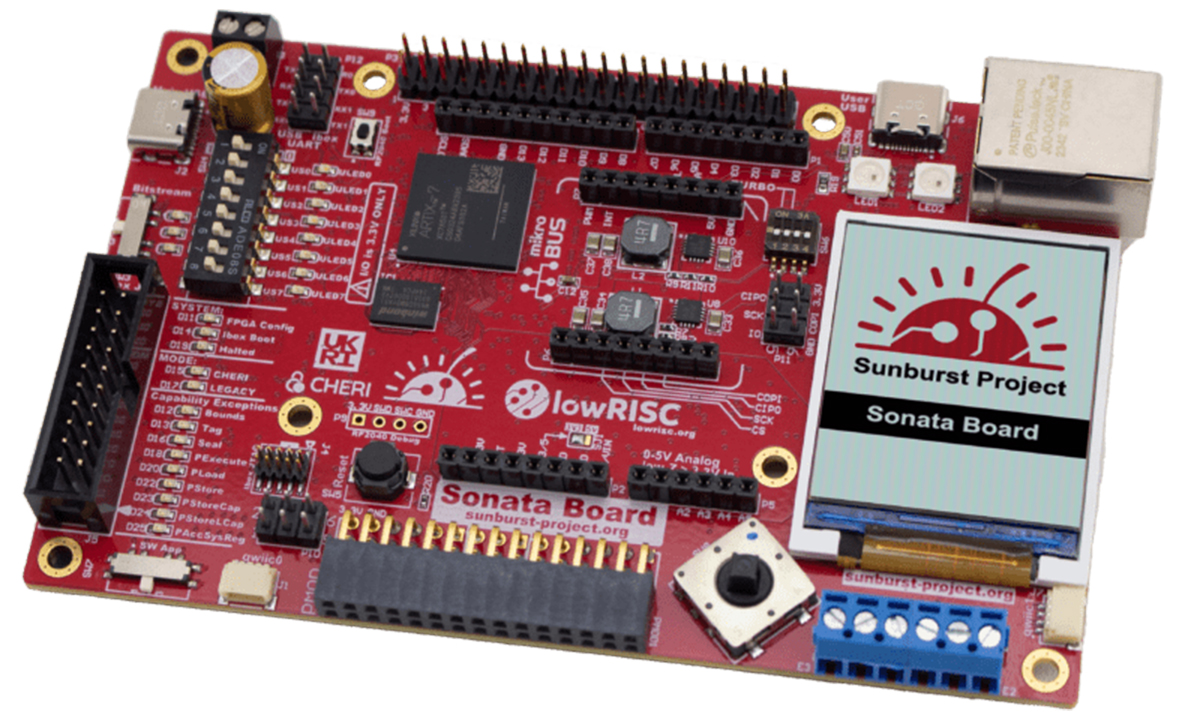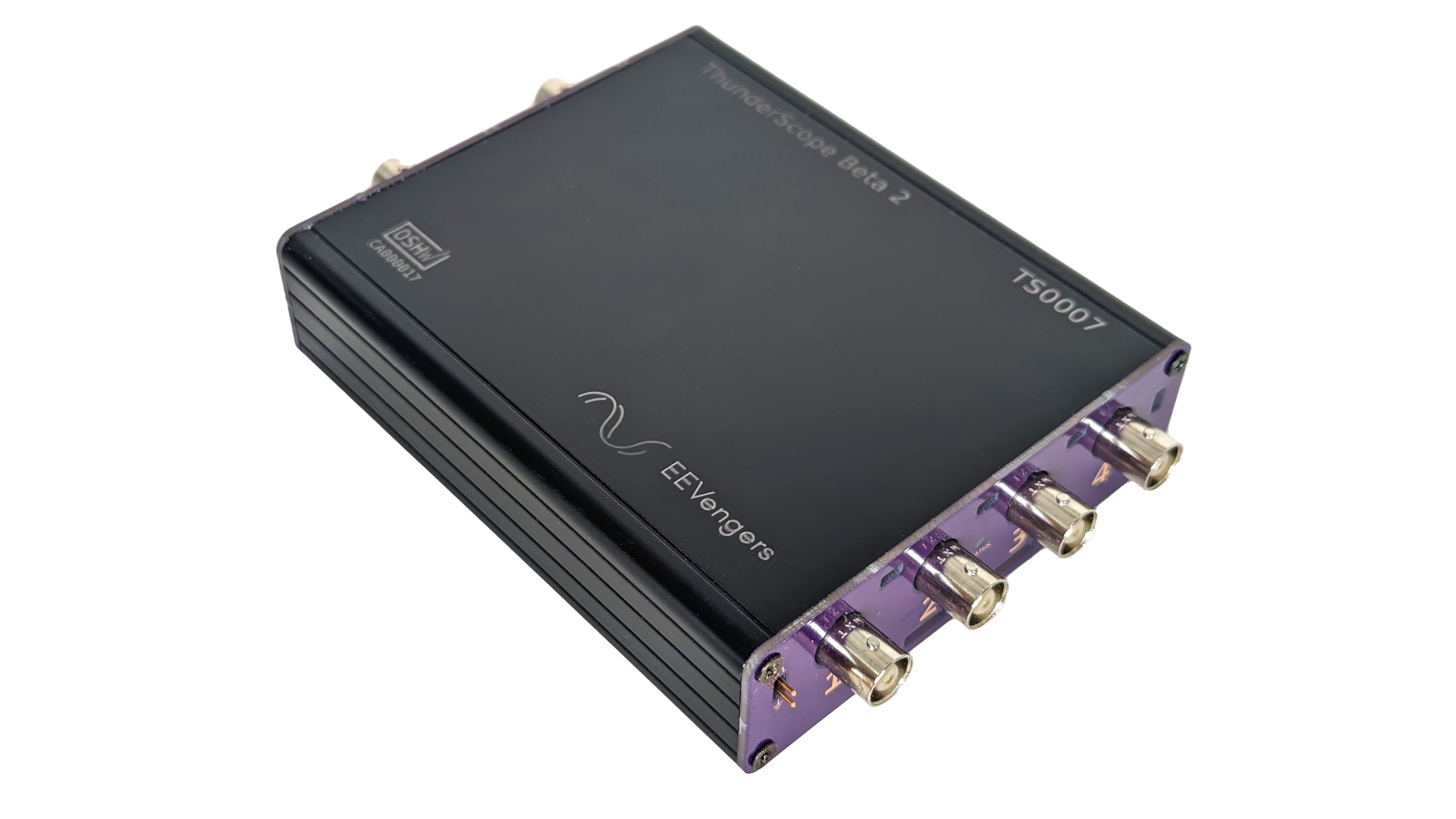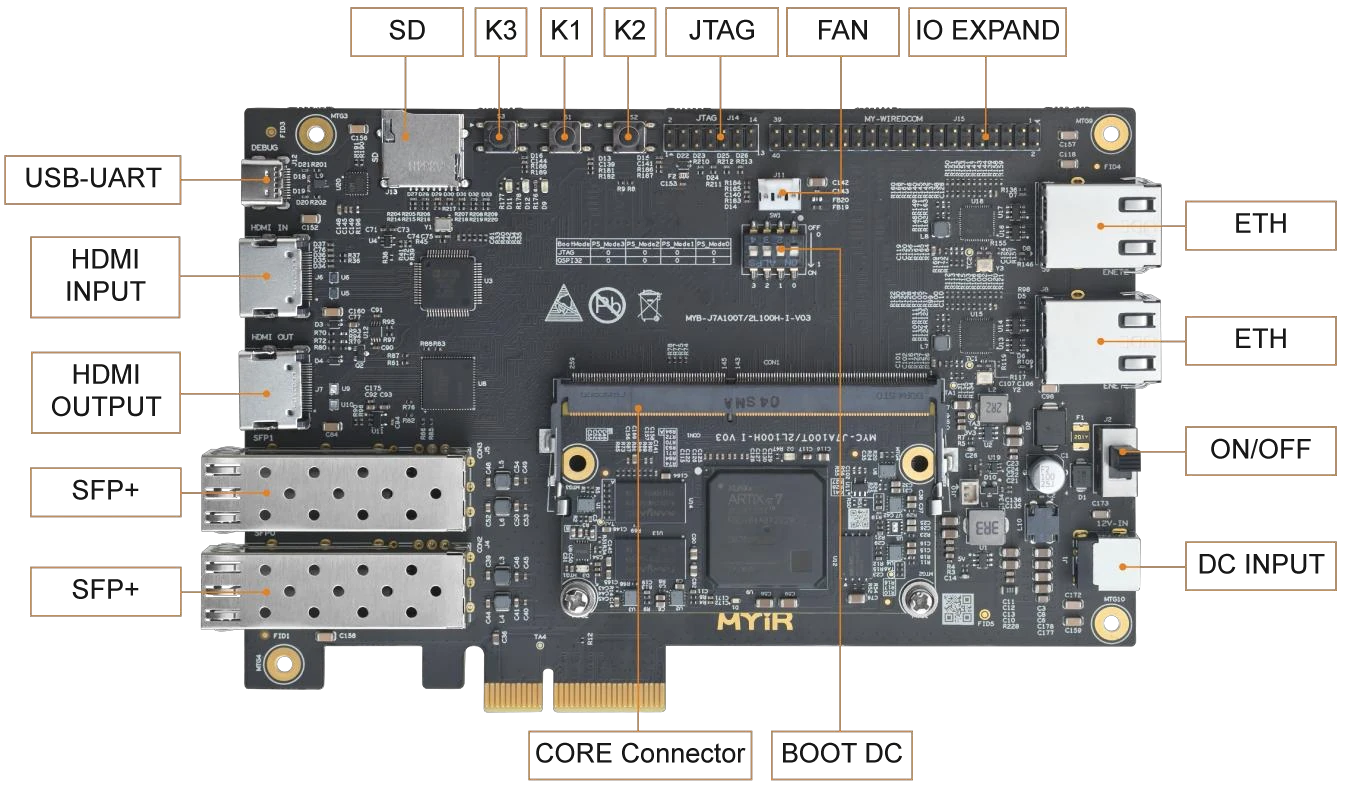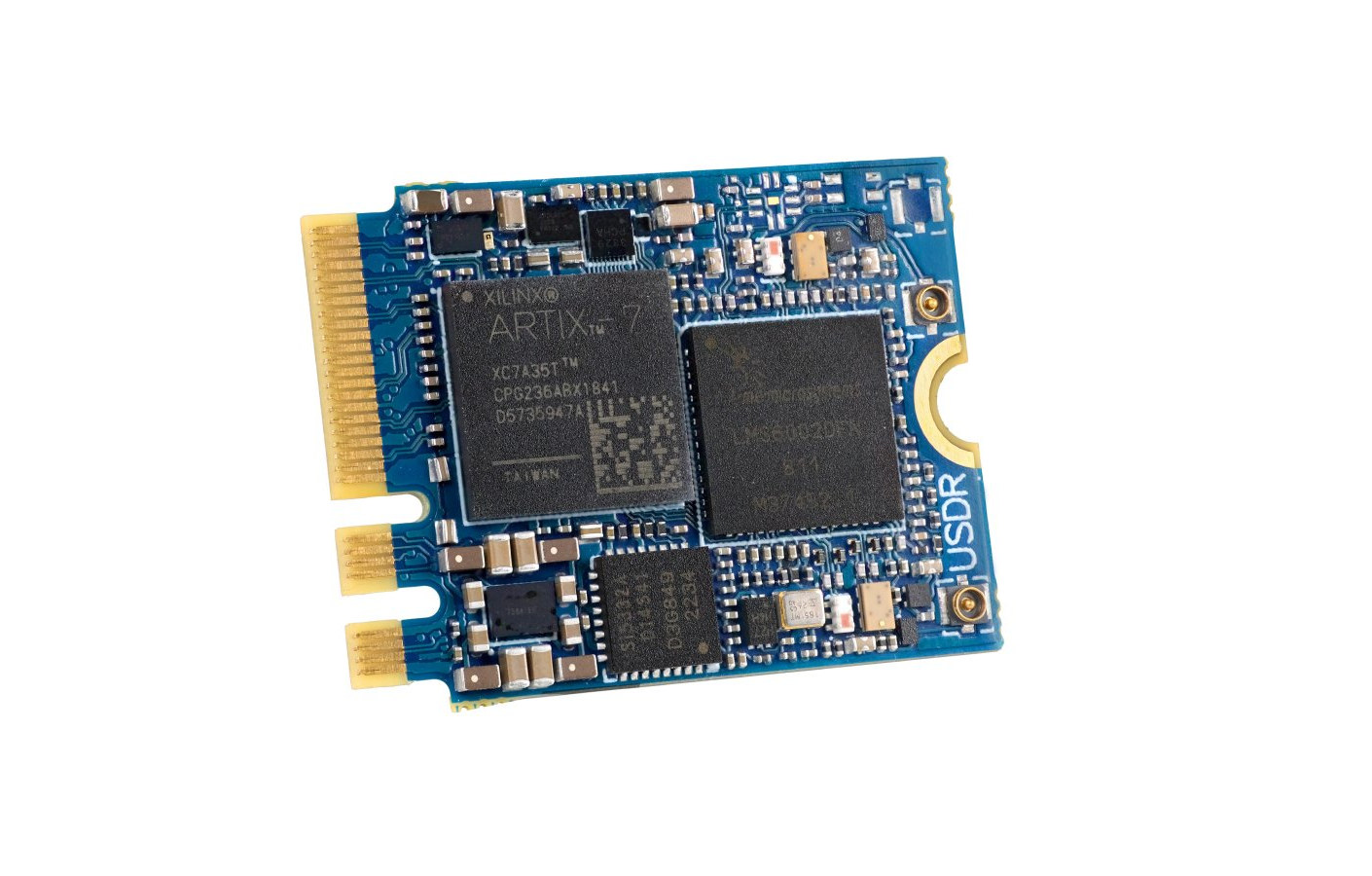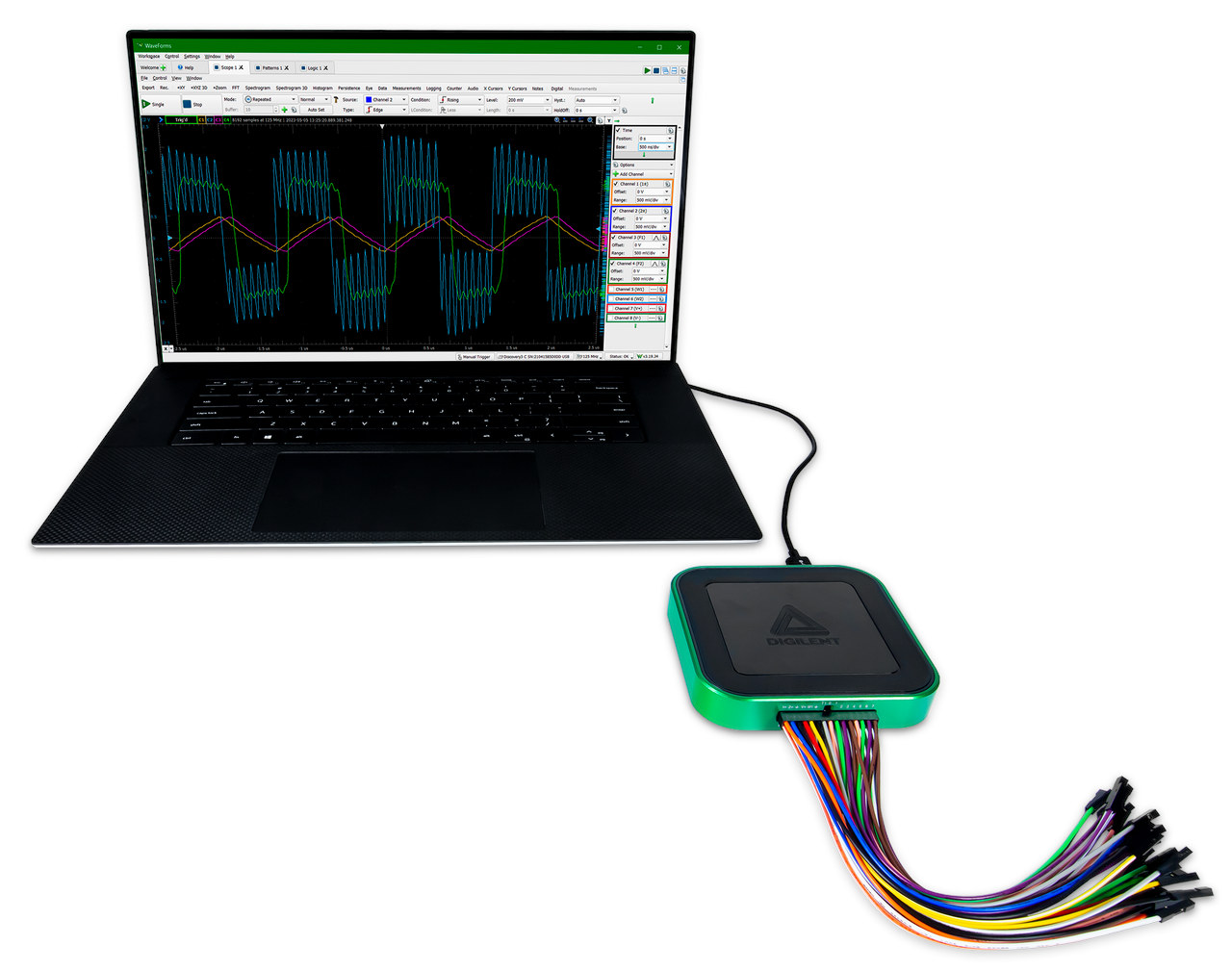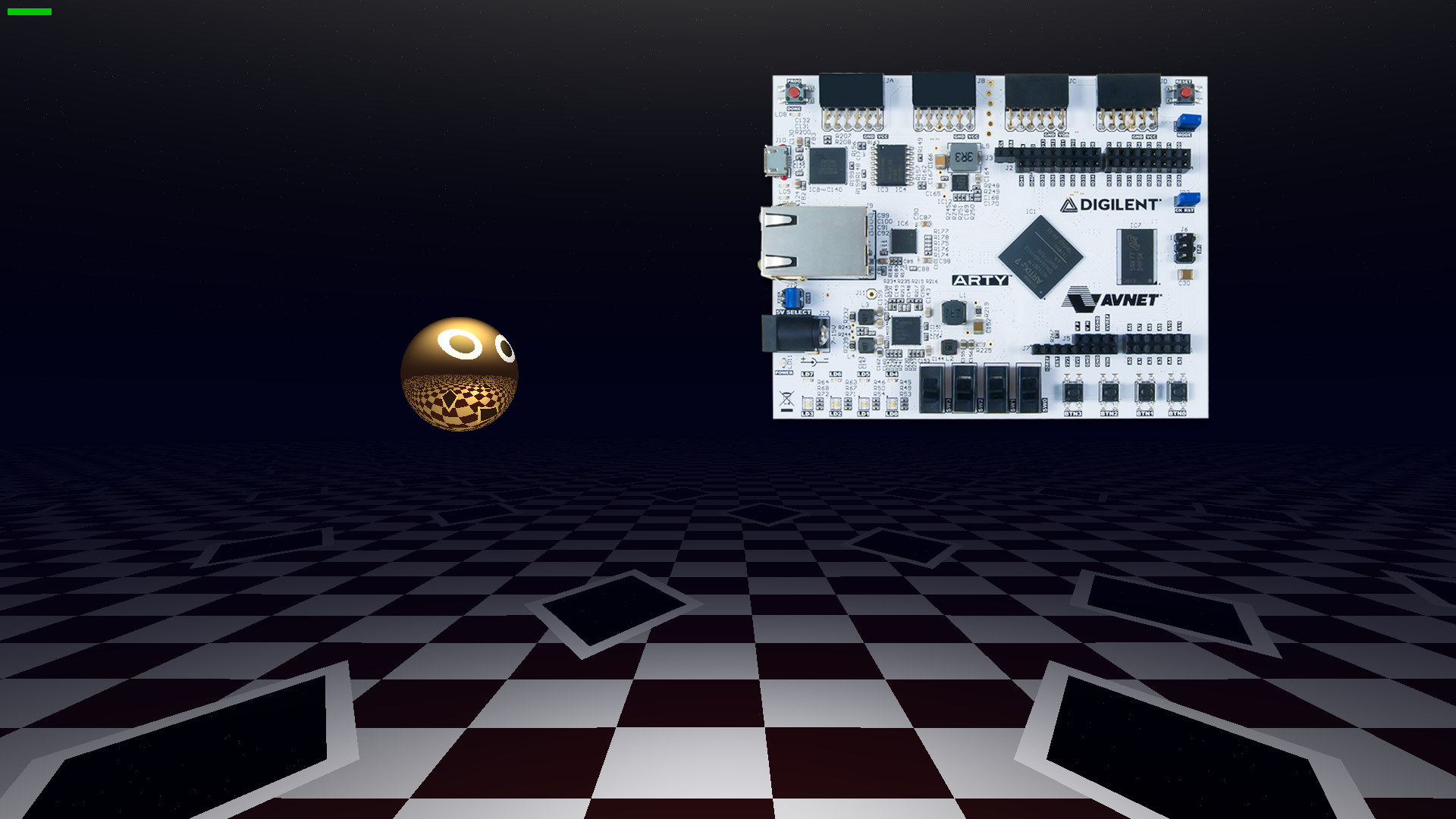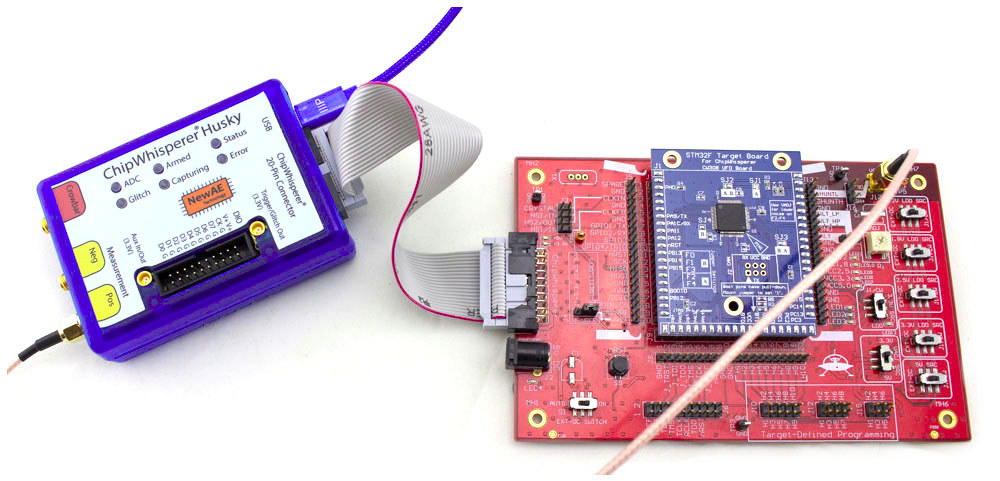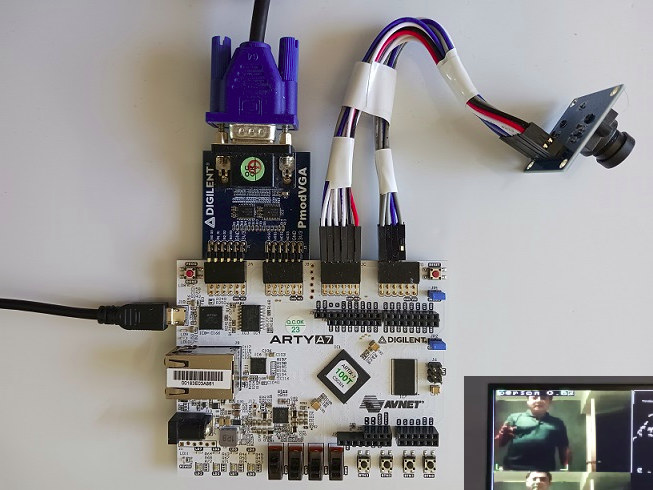lowRISC has released Sonata v1.0, a stable platform developed under the Sunburst project. Designed for embedded systems engineers, Sonata supports CHERIoT technology, enabling features like compartmentalization and enhanced memory safety. It provides a reliable foundation for building secure embedded systems. CHERIoT is a security-focused technology built on lowRISC’s RISC-V Ibex core, based on CHERI research from the University of Cambridge and SRI International. It addresses memory safety issues like buffer overflows and use-after-free errors using CHERI’s capability-based architecture. The CHERIoT capability format includes permissions for memory access, object types for compartmentalization, and bounds to restrict accessible memory regions. These features enable scalable and efficient compartmentalization, making it suitable for securely running untrusted software in embedded systems. Sonata v1.0 leverages this architecture to isolate components like network stacks and kernels within the CHERIoT RTOS. The lowRISC Sonata v1.0 specifications: FPGA – AMD Xilinx Artix-7 (XC7A35T-1CSG324C) CPU – AMD MicroBlaze soft-core based on […]
ThunderScope is an open-source Thunderbolt and PCIe oscilloscope with a 1 GS/s data sampling rate (Crowdfunding)
The ThunderScope is an open-source, Thunderbolt/USB4 and PCIe oscilloscope with a sampling rate of up to 1 GS/s. It is portable, presents an affordable, open-source alternative to expensive bench-top and PC-based scopes, and delivers a higher sampling rate than most USB oscilloscopes. ThunderScope streams sample data to your computer for processing and analysis, unlike traditional oscilloscopes which “are limited by their built-in processing capabilities and cramped user interfaces.” It uses the fastest available interface, Thunderbolt, to stream data, allowing it to use your computer’s full potential. ThunderScope is “the only scope that will get better every time you upgrade your computer.” The Thunderbolt oscilloscope is based on AMD’s Artix 7 XC7A35T-2CSG325C FPGA. It supports up to four channels and a full analog bandwidth of 500 MHz (with the anti-aliasing filter disabled). It doesn’t require an external power source, as it is powered via the Thunderbolt port. It comes in a […]
MYiR Tech launches AMD XC7A100T Artix-7 FPGA system-on-module and development board with PCIe, SFP+ cages, dual GbE
MYIR MYC-J7A100T is a System-On-Module (SoM) powered by an AMD/Xilinx Artix-7 XC7A100T FPGA with up to 101,440 logic cells, 512MB DDR3 memory, 32MB QSPI FLASH, 32KB EEPROM, DC-DC power management, and other integral circuits in a compact 69.6 x 40mm form factor. The module exposes up to 178 FPGA I/Os, four pairs of GTP high-speed transceiver interfaces, and a JTAG interface through its 260-pin edge connector. MYiR also provides a development board for the MYC-J7A100T module which looks like a PCIe 2.0 card and comes with SFP+ cages, HDMI input and output ports, dual GbE, and a GPIO expansion header. MYIR MYC-J7A100T system-on-module Specifications: FPGA – AMD/Xilinx XC7A100T Artix-7 FPGA (XC7A100T-2FGG484I) with 101,440 logic cells 4,860 Kb of Block RAM 240 DSP slices 8 GTP transceivers capable of reaching speeds up to 6.6Gb/s PCIe Gen2 x4 interface Up to 300x single-ended I/Os System Memory – 512MB DDR3 Storage – 32MB […]
uSDR – A tiny M.2 SDR board controllable from your web browser (Crowdfunding)
uSDR is an embedded software-defined radio (SDR) M.2 board based on an AMD Embedded Artix-7 FPGA and designed to be controlled in the Chrome, Opera, or Edge browser without specific drivers or software thanks to WebUSB technology. The module can be inserted into any compatible host, or through M.2, USB, mini PCIe or PCIe adapters, and used from a web browser with ready-to-use applications such as a spectrum monitor or a signal analyzer, or your own JavaScript, C/C++, Rust, Go, or C# application thanks to WebAssembly and the Emscripten project. uSDR specifications: RFIC – Lime Microsystems LMS6002D programmable RF (FPRF) transceiver IC operates from 300MHz to 3.8GHz FPGA – AMD Embedded XC7A35T (Artix-7) FPGA with 33,280 logic cells Full-duplex TX & RX Frequency range – 300 – 3700 MHz (usable range typically starts from 230 MHz) RX/TX Bandwidth – 0.75 – 28 MHz plus bypass mode Clock generator – SI5332A […]
Analog Discovery 3 – A 125 MS/s USB oscilloscope, waveform generator, logic analyzer, and variable power supply
Digilent Analog Discovery 3 is a USB oscilloscope with a sample rate of up to 125 MS/s, that can also be used as a waveform generator, logic analyzer, and/or a variable power supply up to 5V. Several other features are also enabled through its software and the USB-C oscilloscope can also act as a spectrum analyzer, a network analyzer, an impedance analyzer, a protocol analyzer, a data logger, a voltmeter, and supports in-app scripting. Analog Discovery 3 features highlights: Xilinx FPGA-based design Host interface – USB Type-C port Oscilloscope 2x differential channels with 14-bit resolution at up to 125 MS/s per channel with a +/-25 V input range, 30+ MHz bandwidth with BNC Adapter User-configurable input filters and lock-in amplifier FFT, Spectrogram, Eye Diagram, XY Plot views, and more Arbitrary Waveform Generator 2x channels with 14-bit resolution at up to 125 MS/s per channel with a +/-5 V output range, […]
3D game running on FPGA shown to be 50x more efficient than on x86 hardware
Sphery vs. shapes is an open-source 3D raytraced game written in C and translated into FPGA bitstream that runs 50 times more efficiently on FPGA hardware than on an AMD Ryzen processor. Verilog and VHDL languages typically used on FPGA are not well-suited to game development or other complex applications, so instead, Victor Suarez Rovere and Julian Kemmerer relied on Julian’s “PipelineC” C-like hardware description language (HDL) and Victor’s CflexHDL tool that include parser/generator and math types library in order to run the same code on PC with a standard compile, and on FPGA through a custom C to VHDL translator. More details about the game development and results are provided in a white paper. Some math functions were needed, including: floating point addition, subtraction, multiplication, division, reciprocals, square root, inverse square roots, vector dot products, vector normalization, etc. Fixed point counterparts were also used for performance reasons and to […]
ChipWhisperer-Husky is a palm-sized power analysis and fault injection tool (Crowdfunding)
NewAE Technology’s ChipWhisperer-Husky is a compact tool designed for side-channel power analysis and fault injection with features such as a high-speed logic analyzer used to visualize glitches, real-time data streaming for attacking asymmetric algorithms, and support for JTAG/SWD programming. The security research company explains its device delivers a more stable and reliable experience compared to other off-the-shelf test gear such as oscilloscopes and function generators thanks to features such as synchronous sampling, which means the sample clock of your target device and the sample clock of ChipWhisperer-Husky can be perfectly aligned, or the ability to generate glitches, including clock glitches that can be less than a nanosecond wide. ChipWhisperer-Husky key features and hardware specifications: Synchronous clock for capture board and target board for significantly improved performance over a typical asynchronous oscilloscope setup 12-bit 200MS/s ADC for capturing power traces – It can be clocked at both the same clock […]
Ztachip open-source RISC-V AI accelerator performs up to 50 times faster
Ztachip is an open-source RISC-V accelerator for vision and AI edge applications running on low-end FPGA devices or custom ASIC that is said to perform 20 to 50 times faster than on non-accelerated RISC-V implementations, and is also better than RISC-V cores with vector extensions (no numbers were provided here). Ztachip, pronounced zeta-chip, is not tied to a particular architecture, but the example code features a RISC-V core based on the VexRiscv implementation and can accelerate common computer vision tasks such as edge detection, optical flow, motion detection, color conversion, as well as TensorFlow AI models without retraining. The open-source AI accelerator has been tested on Digilent ArtyA7-100T FPGA board in combination with a PMOD VGA module to connect to a display and an OV7670 VGA camera module. You can then build the sample found on Github with the Xilinx Vivado Webpack free edition and flash it to the board […]


